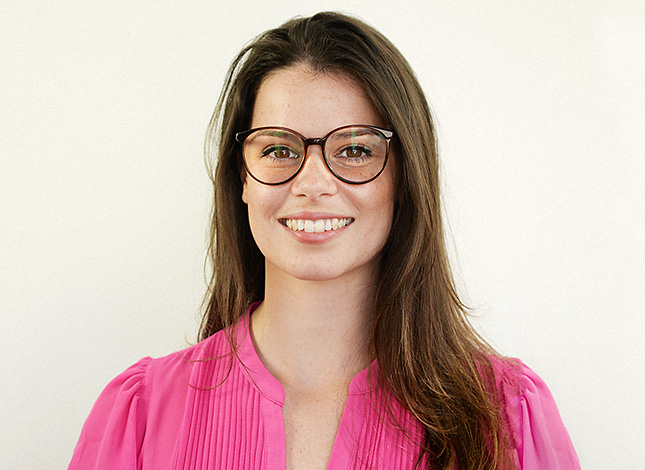Italy
Senior Service Designer, frog
Sara Manzini is a Senior Service Designer at frog, a global leading design consultancy and innovation strategy firm. By combining human, business and technology viewpoints, she helps teams to frame and execute strategic solutions to complex problems starting from understanding the needs of end-users and the ecosystem around them.
Sara has extensive expertise in shaping healthcare services and experiences such as new care pathways for patients, caregivers and providers, mapping and designing new processes, defining service blueprints, setting up pilots that help prove service concepts in real-life settings, with the ultimate mission of improving people's health and well-being.
Sara is also one of the practitioners of organisational activation programs as well as social impact activities at frog. Besides that Sara has a deep passion for teaching the design thinking methodology in university programs at SUPSI (Lugano), Domus Academy, SPD, Bocconi (Milano), and at the University of Navarra (Pamplona). Sara holds a BA in Communication Design and an MA in Service Design from Politecnico di Milano. She has been part of the Master of European Design (MEDes), a unique network of seven leading European design schools.
Event role
Case study speaker & masterclass leader
Case study
'Creating shared value as a new business model'
Societies everywhere are facing significant social, environmental and economic development challenges. Health and well-being are in the top ten of the most important issues. But when we design services that aim at improving the health and well-being of individuals, we play in hyper complex contexts and systems. Especially in healthcare, but in other industries as well. In this space, adopting a human-centered approach to our design process is a necessary pillar to achieve the ultimate goal of making people’s life better. But it is not enough. To design a care service we not only make sure that we provide personal value to individuals and their social context, but also need to go beyond that and design with the ambition of bringing value to the organisation. And on top of that, to society. We must consider how our service intervention might benefit or damage the society as a system of individuals.
We have a great responsibility here. Service design equips us with the tools and culture that help us to build sophisticated solutions where the person is at the center. But does it support us in being relevant for all parties involved? How can care systems create positive impact for society? Whether it is a medical device company, a pharma or a hospital – we need to make sure that we create shared value among all stakeholders. For that, value-based design is needed. Design that facilitates cross-collaboration to co-design and implement services that provide value to the individual ánd the collectivity.
In this case study Sara Manzini and Thomas Sutton will talk about the power of value-based design, and take you into a travel through best practices from the healthcare industry, to learn how to unpack the complexity of designing for the health and well-being of individuals, communities and society as a whole, regardless the size of the organisation or the industry.
Masterclass
'Healthcare twister: finding the sweet spot to enable service innovation'
Are pharma companies always focused on selling pills? Is the technology partner always the one who provides innovation? Are private healthcare services always faster and more efficient than public ones? Many healthcare organisations, regardless of their role in the care ecosystem, have started to value design as a key driver of innovation. When this awareness reaches a significant level, strategic designers enter the (board) room... more>
Scheduled
Friday, June 14th 12:30 (keynote), 14:45 (masterclass)
More selected projects
Made possible by:
Connect
with us
Connect with design-driven innovators, service designers and other design thinkers & doers in the SDD community app.
Subscribe to our newsletter to stay up to date with us.
We promise not to spam you!
© 2016 - 2019 Service Design Days
Made with love by Yabber.
Legal notice

